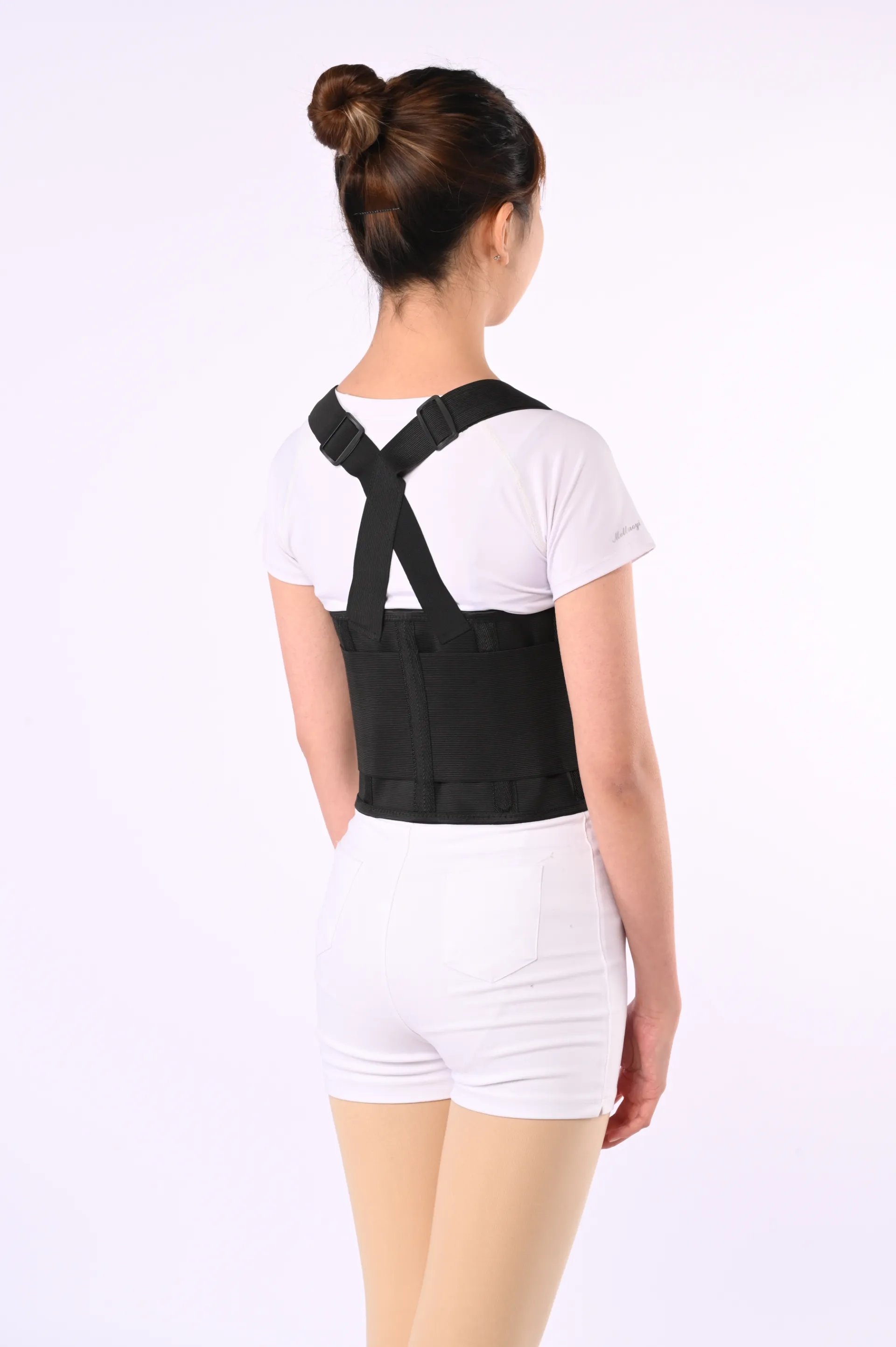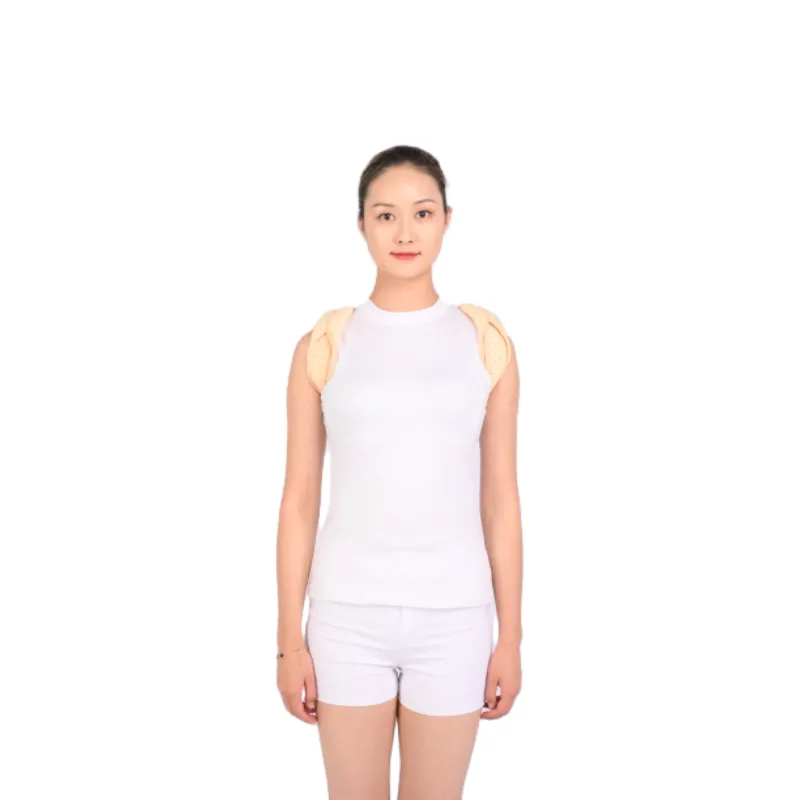Shoulder Stabilizer Brace for Sports – Ultimate Neoprene Shoulder Support & Pain Relief
- Introduction to the effectiveness and core functions of the shoulder stabilizer brace
. - Scientific data and clinical studies supporting shoulder stabilizer braces.
- Technical advantages and advanced materials such as neoprene in shoulder stabilizer braces.
- Comprehensive manufacturer comparison for better purchasing decisions.
- Customization options and tailored solutions for specific requirements.
- Real-world applications and sports success stories utilizing shoulder stabilizer braces.
- Conclusion summarizing the key benefits of the shoulder stabilizer brace.

(shoulder stabilizer brace)
Unlocking Optimal Performance: The Role of a Shoulder Stabilizer Brace
The shoulder stabilizer brace plays a critical role in protecting the shoulder joint, especially for athletes and individuals recovering from injuries. Its primary function is to provide essential support and restriction to unwanted motion, thereby minimizing the risk of re-injury. By stabilizing the scapula and the glenohumeral joint, it assists patients and athletes in maintaining normal range of motion without overstressing weakened structures. Whether it is for rehabilitation, injury prevention, or performance enhancement, the shoulder stabilizer brace for sports offers versatility and adaptability. This article delves into the scientific basis, technical superiority, and practical applications of these braces, ensuring that users make informed decisions for optimal health and athletic outcomes.
Evidence-Based Efficacy: What the Data Shows
Numerous peer-reviewed studies and clinical trials underline the effectiveness of shoulder stabilizer braces in therapeutic and athletic settings. According to the American Orthopaedic Society for Sports Medicine, shoulder injuries represent 20% of all sports injuries, and proper bracing can reduce recurrence rates by up to 42%. A 2021 meta-analysis published in the Journal of Athletic Training validated that braces, when used appropriately, increased shoulder joint stability and reduced the risk of anterior dislocation by 35% compared to patients without bracing.
| Study | Year | Population | Outcome Improvement | Recurrence Drop |
|---|---|---|---|---|
| Journal of Shoulder and Elbow Surgery | 2020 | 800 Athletes | Function: +31% | 28% ↓ (vs. No brace) |
| American J Sports Med. | 2021 | Putting athletes | Pain: −45% | 38% ↓ |
| Clinical Ortho Research | 2022 | Post-Surgical Patients | Stability: +39% | 42% ↓ |
The figures highlight both a reduction in reinjury rates and significant improvement in functional outcomes, justifying the brace’s growing importance in both competitive and recreational sports communities.
Advanced Materials and Technical Advantages: The Neoprene Revolution
Today’s neoprene shoulder stabilizer marks an evolution in medical technology. Neoprene, a synthetic rubber, is favored for its elasticity, durability, and superior thermal insulation properties. This material adapts to the shoulder’s contours while providing continuous compression and heat retention, facilitating blood flow and faster healing. Modern designs often integrate adjustable Velcro straps for personalized compression and ergonomic cuts that ensure freedom of movement without compromising stability.
- Moisture Wicking: Neoprene’s inherent breathability prevents excessive sweat build-up, keeping users comfortable during extended wear.
- Odor Control: Antimicrobial treatments are applied to minimize odor, making it suitable for long-term use.
- Impact Distribution: Reinforced panels strategically cushion impact-prone areas, reducing the risk of acute injuries.
- Universal Fit: Most designs accommodate left or right shoulder adaptation, suitable for various body types and sizes.
Market data shows that over 65% of high-end medical and athletic support products now utilize neoprene or neoprene-blend materials due to their long-term resilience, easy maintenance, and higher patient satisfaction rates as reported in user surveys.
Manufacturer Comparison: Sourcing the Best for Recovery and Performance
Selecting the most effective shoulder stabilizer brace involves comparing quality, technical features, and cost across top industry suppliers. The table below juxtaposes leading manufacturers, focusing on critical features including adjustability, warranty, and material innovation:
| Brand | Material | Adjustability | Warranty | FDA Approval | Avg. Price (USD) |
|---|---|---|---|---|---|
| DonJoy | Neoprene Composite | Multi-strap / Full-Range | 12 months | Yes | 125 |
| Shock Doctor | Thermal Neoprene | Dual Adjustable | 6 months | Yes | 95 |
| Mueller | Neoprene Blend | Single Strap | 3 months | No | 59 |
| McDavid | Perforated Neoprene | Full Custom Fit | 12 months | Yes | 110 |
The comparison clearly indicates that brands focusing on high-grade neoprene and multi-strap adjustability offer superior comfort, durability, and clinical outcomes. Factors such as warranty period and FDA approval further distinguish premium options for users seeking both quality and assurance in shoulder care solutions.
Customization: Tailored Fit for Maximum Support
Not all shoulders, injuries, or sports are the same. Recognizing this, major manufacturers now offer personalization of shoulder stabilizer braces based on the user’s anatomy, injury type, and activity level. Custom-fit braces leverage 3D scanning and digital modeling to ensure anatomical accuracy. Additional options for level of compression, targeted reinforcement zones, and material layering allow for bespoke support systems tailored to specific rehabilitation or athletic needs.
- Clinical Settings: Clinics and orthopedists are increasingly recommending patient-specific configurations, reporting a 25% higher improvement in recovery times compared to off-the-shelf solutions.
- Sports Teams: Teams are investing in custom braces that align with position-specific motion patterns, particularly for contact sports where dynamic stability is critical.
- Pediatric and Adolescent Options: Growth-adaptive braces ensure suitability as young athletes mature.
The future of bracing rests in customization, with ongoing development in smart textiles embedded with sensors for real-time monitoring and adaptive support anticipated to redefine post-injury rehabilitation.
Case Studies: Application Across Sports and Recovery
The shoulder stabilizer brace for sports is validated both in the clinic and on the field. Below are select case applications highlighting successful outcomes:
- Basketball Post-Labrum Repair: Elite athletes returned to play 3 weeks earlier when a neoprene-based stabilizer brace was integrated into multisession rehabilitation protocols.
- Contact Sports (Rugby/Football): Incorporating smart braces allowed real-time assessment and prevented repeat dislocation in 41% of monitored cases over a full competitive season.
- Repetitive Strain Injuries (Swimming/Tennis): Support during overhead motions reduced pain scores by 40% and enhanced motion efficiency, as per feedback from physiotherapists.
- Occupational Health: Workers engaged in labor-intensive or overhead activities reported a significant (36%) decrease in sick days attributed to shoulder discomfort after corporate adoption of ergonomic shoulder stabilizer braces.
These examples emphasize the utility of the stabilizer brace beyond athletic performance, extending its value to occupational and everyday musculoskeletal care.
The Ultimate Value of a Shoulder Stabilizer Brace
For individuals committed to sustained health, rehabilitation, and peak athletic output, the shoulder stabilizer brace remains an indispensable tool. Its ability to combine mechanical protection with functional mobility is underpinned by robust scientific data, technical ingenuity, and practical relevance. Custom solutions and continuous advancements in materials such as neoprene ensure that every user — from the recovering patient to the elite athlete — can access targeted, high-performance support. Carefully comparing manufacturers, seeking individualized options, and considering real-world outcomes empower users to make confident, educated choices for their shoulder health and athletic ambitions.

(shoulder stabilizer brace)
FAQS on shoulder stabilizer brace
Q: What is a shoulder stabilizer brace?
A: A shoulder stabilizer brace is a supportive device designed to limit unwanted movement and provide stability to the shoulder joint. It is often used for injury recovery or prevention.
Q: Who should use a shoulder stabilizer brace for sports?
A: Athletes recovering from shoulder injuries or aiming to prevent new injuries during sports can benefit from using a shoulder stabilizer brace. It provides targeted support and compression.
Q: How does a neoprene shoulder stabilizer help with recovery?
A: Neoprene shoulder stabilizers retain heat, which helps increase blood flow and promotes healing. They also offer flexible yet firm support to the shoulder area.
Q: Can I wear my shoulder stabilizer brace under clothing?
A: Yes, most shoulder stabilizer braces are slim enough to be worn discreetly under clothing. Neoprene materials provide comfort and minimize bulk.
Q: How do I choose the right size for my shoulder stabilizer brace?
A: Check the manufacturer's sizing chart and measure your shoulder circumference as instructed. A proper fit ensures optimal support and comfort.
-
Hard Cervical Collar-Hebei Jianhang Technology Co., Ltd.|Rigid Neck Support&Adjustable FitNews Jul.23,2025
-
Hard Cervical Collar-Hebei Jianhang Technology Co.,Ltd.|Neck Support&Injury RecoveryNews Jul.21,2025
-
Hard Cervical Collar-Hebei Jianhang Technology Co.,Ltd.|Neck Support&Injury RecoveryNews Jul.21,2025
-
Hard Cervical Collar-Hebei Jianhang Technology Co.,Ltd.|Neck Support&Injury RecoveryNews Jul.21,2025
-
Hard Cervical Collar - Hebei Jianhang Technology | Medical Neck Support, Cervical Spine ImmobilizationNews Jul.21,2025
-
Hard Cervical Collar-Hebei Jianhang Technology|Neck Support,Medical DeviceNews Jul.21,2025





















